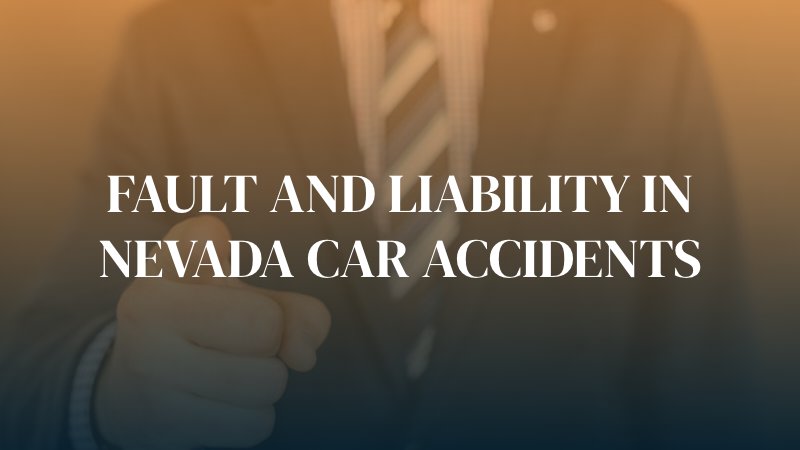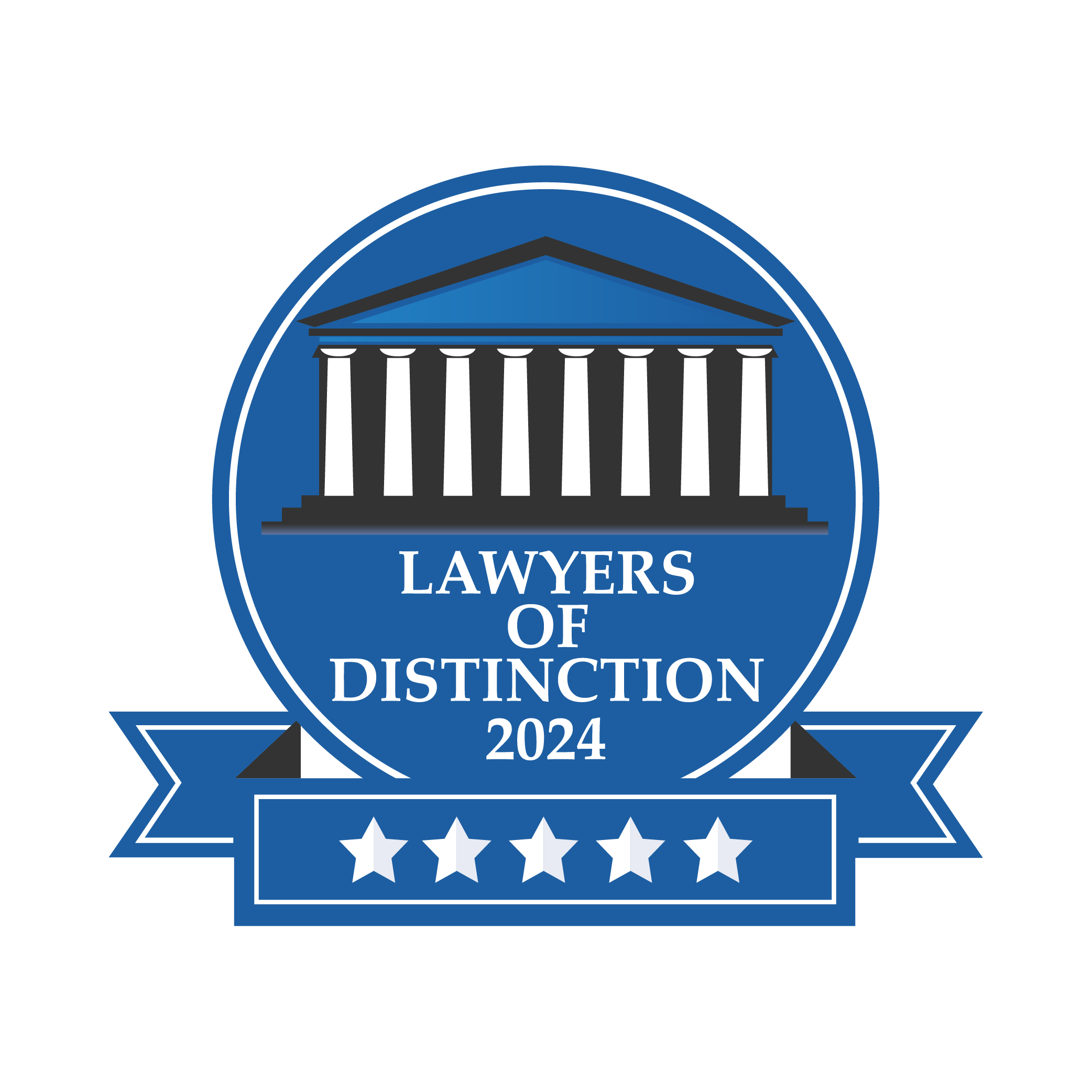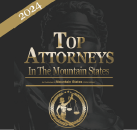
If you’re involved in a car accident in Nevada, understanding fault and liability is crucial. Knowing what causes most of these accidents and who could be liable is the first step in seeking justice and compensation for your accident. Contact a Las Vegas personal injury lawyer from Valiente Mott Injury Attorneys to help you navigate this process.
What Causes Most Nevada Car Accidents?
Nevada is no stranger to car accidents, and understanding the common causes can help in both prevention and establishing fault. Some of the primary causes include:
Distracted Driving
Distracted driving is a leading cause of car accidents in Nevada. Whether it’s texting, adjusting the radio, or eating, taking your eyes off the road even for a split second can result in a devastating accident. The state has strict laws against texting and driving, but distractions come in many forms.
Speeding
Speeding is another significant factor. Nevada’s vast open roads might tempt drivers to exceed speed limits, but this increases stopping distances and reduces reaction times. Speeding not only endangers the speeder but also everyone around them.
Driving Under the Influence
Driving under the influence of alcohol or drugs remains a severe issue in Nevada. Despite stringent DUI laws, impaired driving continues to cause numerous accidents each year. Alcohol and drugs impair judgment, reaction times, and motor skills, making accidents more likely.
What Parties Could Be Liable?
Determining liability in a car accident isn’t always straightforward. Multiple parties can be held responsible:
The Driver
The most obvious liable party is the driver who caused the accident. If the driver was speeding, distracted, or under the influence, they are typically considered at fault. Eyewitness accounts and police reports often play a crucial role in establishing this liability.
Vehicle Manufacturers
Sometimes, the vehicle itself may be at fault due to manufacturing defects. Faulty brakes, steering issues, or other mechanical failures can lead to accidents. In such cases, the manufacturer might be held liable for damages.
Government Entities
Poorly maintained roads, malfunctioning traffic signals, or inadequate signage can also contribute to accidents. In these scenarios, government entities responsible for road maintenance might share the liability.
Employers
If the at-fault driver was operating a vehicle as part of their job, the employer could also be held liable. This is particularly relevant in accidents involving commercial vehicles like trucks or delivery vans.
There are many parties who could potentially be liable, and the best way to make this determination is to speak with an experienced personal injury lawyer.
What Evidence Is Used to Prove Liability?
Proving liability requires solid evidence, and various types can be used:
Police Reports
Police reports are often the starting point for any car accident investigation. They contain crucial details such as the time, location, and conditions of the accident, as well as any traffic violations that occurred.
Witness Statements
Eyewitnesses can provide an unbiased account of the accident. Their statements can corroborate the victim’s version of events and provide additional context that might not be immediately apparent.
Photographic Evidence
Photos of the accident scene, vehicle damage, and any visible injuries can significantly bolster a case. They offer a visual representation that words alone cannot capture.
Understanding fault and liability in Nevada car accidents is crucial for personal injury victims. If you’ve been involved in a car accident and need legal advice from a Las Vegas car accident lawyer, don’t hesitate to contact us today to schedule a free consultation.

